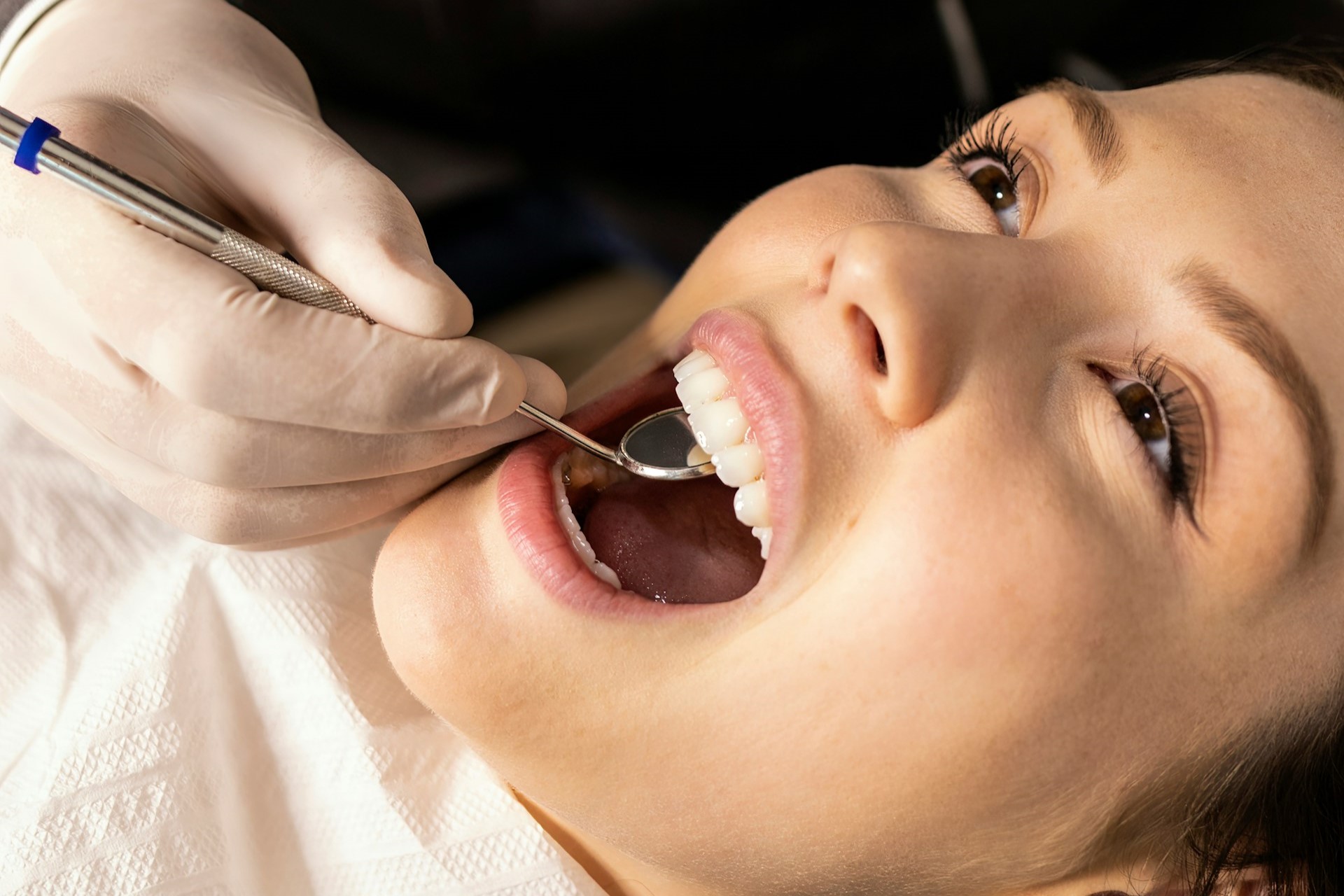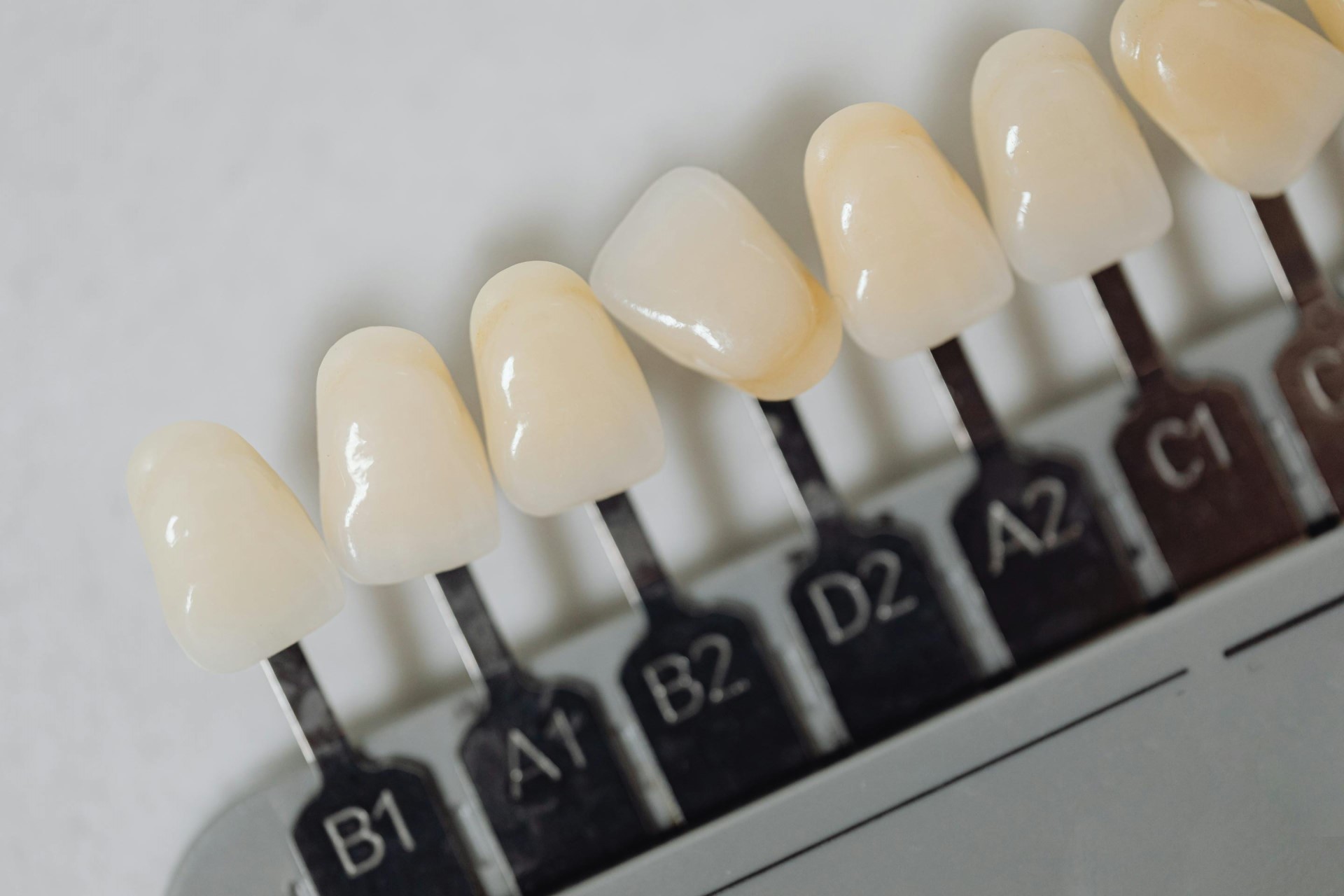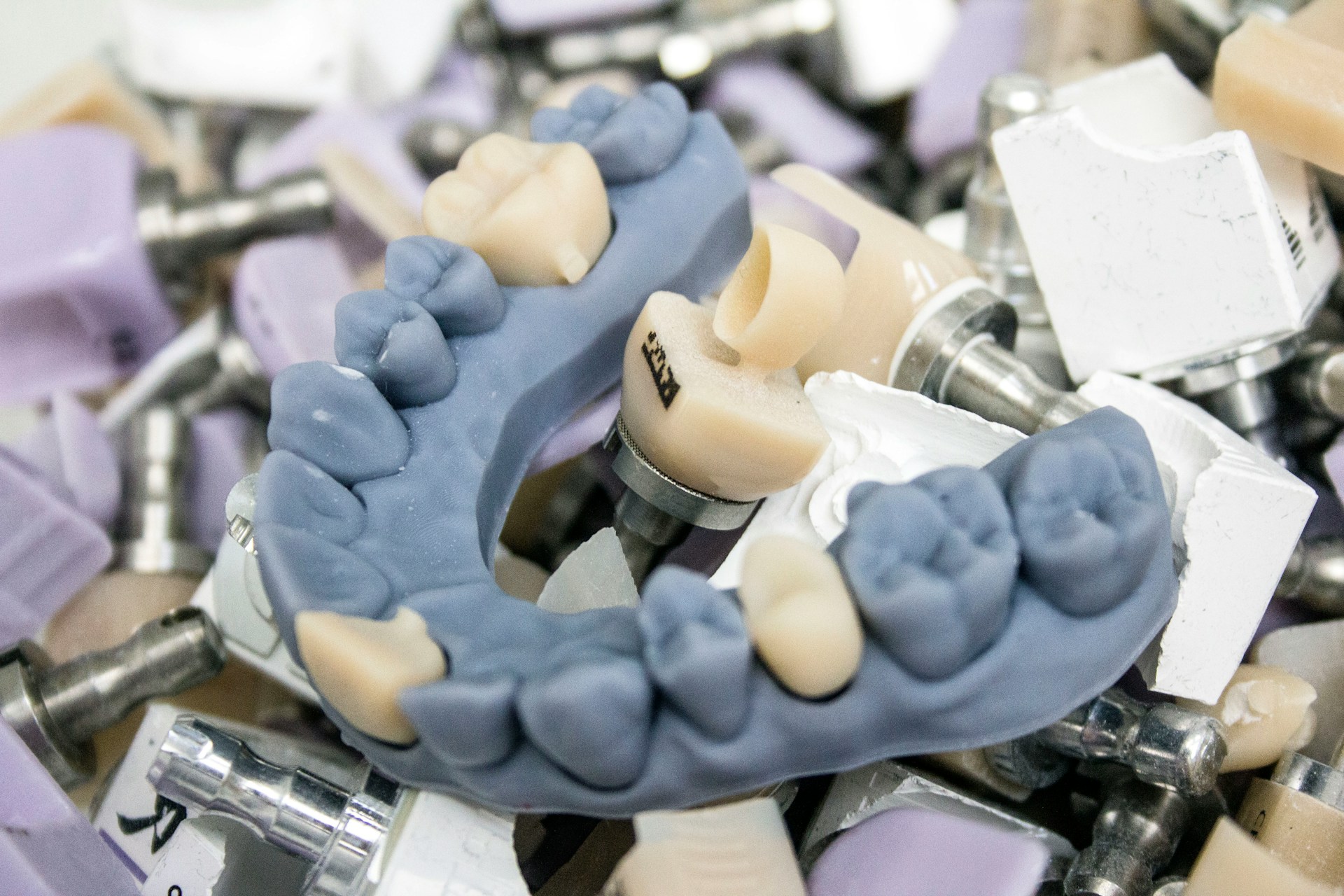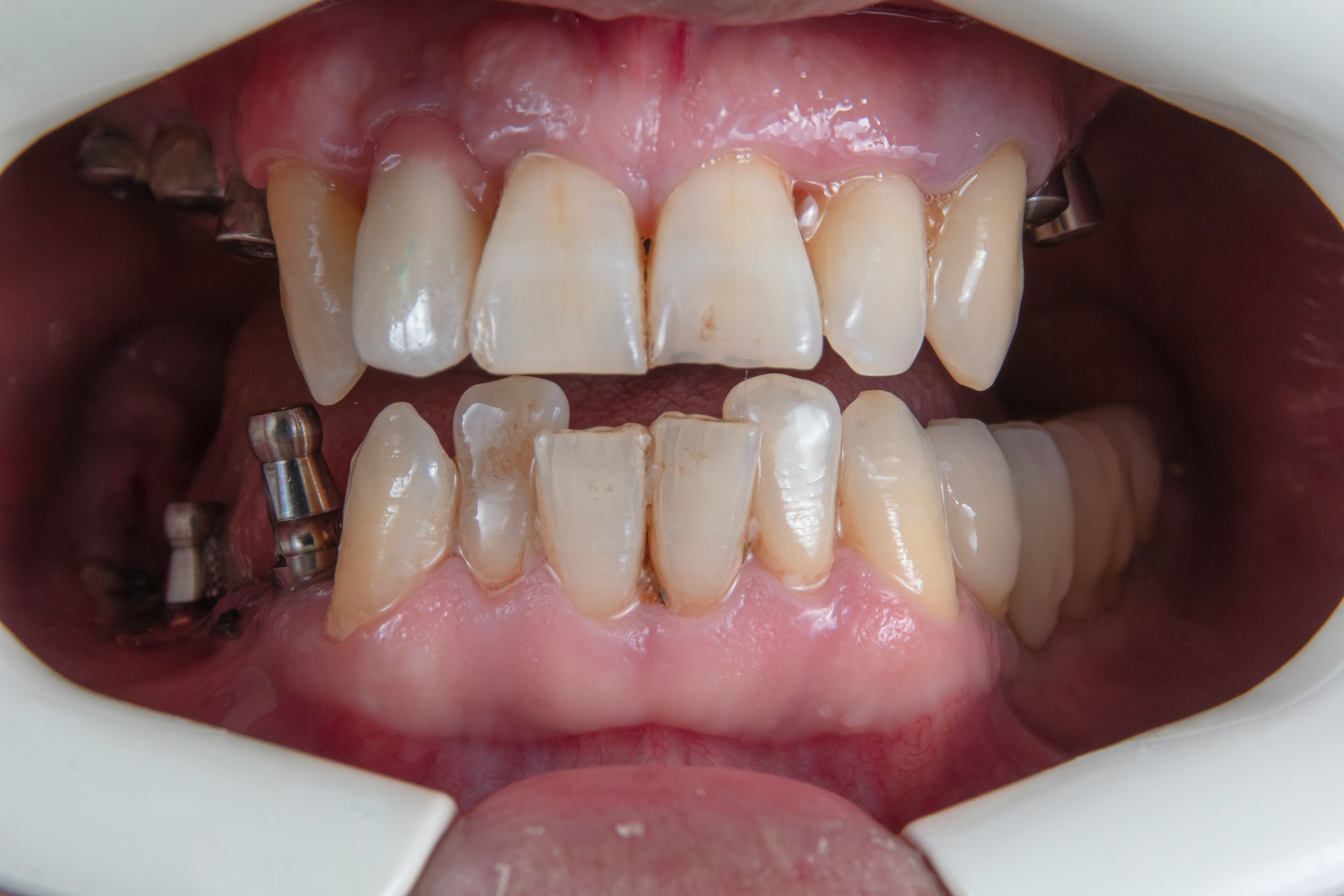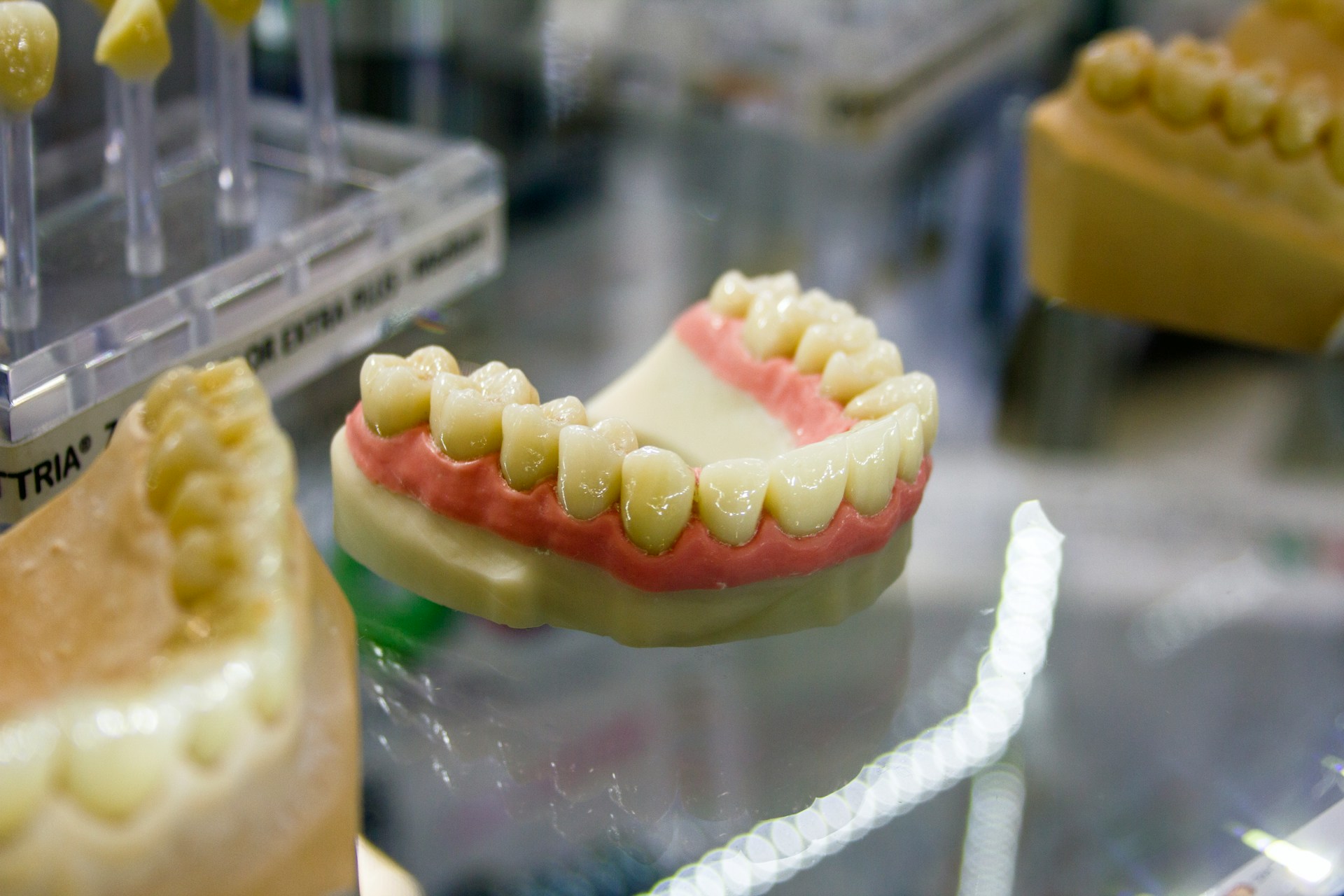Dental bonding is a widely recognised cosmetic dental procedure that effectively addresses gaps in teeth, enhancing both appearance and confidence.
If you are interested in understanding how dental bonding works, its benefits, and what to expect during the process, you’ve come to the right place.
This guide will provide you with comprehensive information, covering everything from the steps involved in dental bonding to its durability, costs, and potential risks.
Explore how this treatment can transform your smile and contribute positively to your dental health.
What Is Dental Bonding?
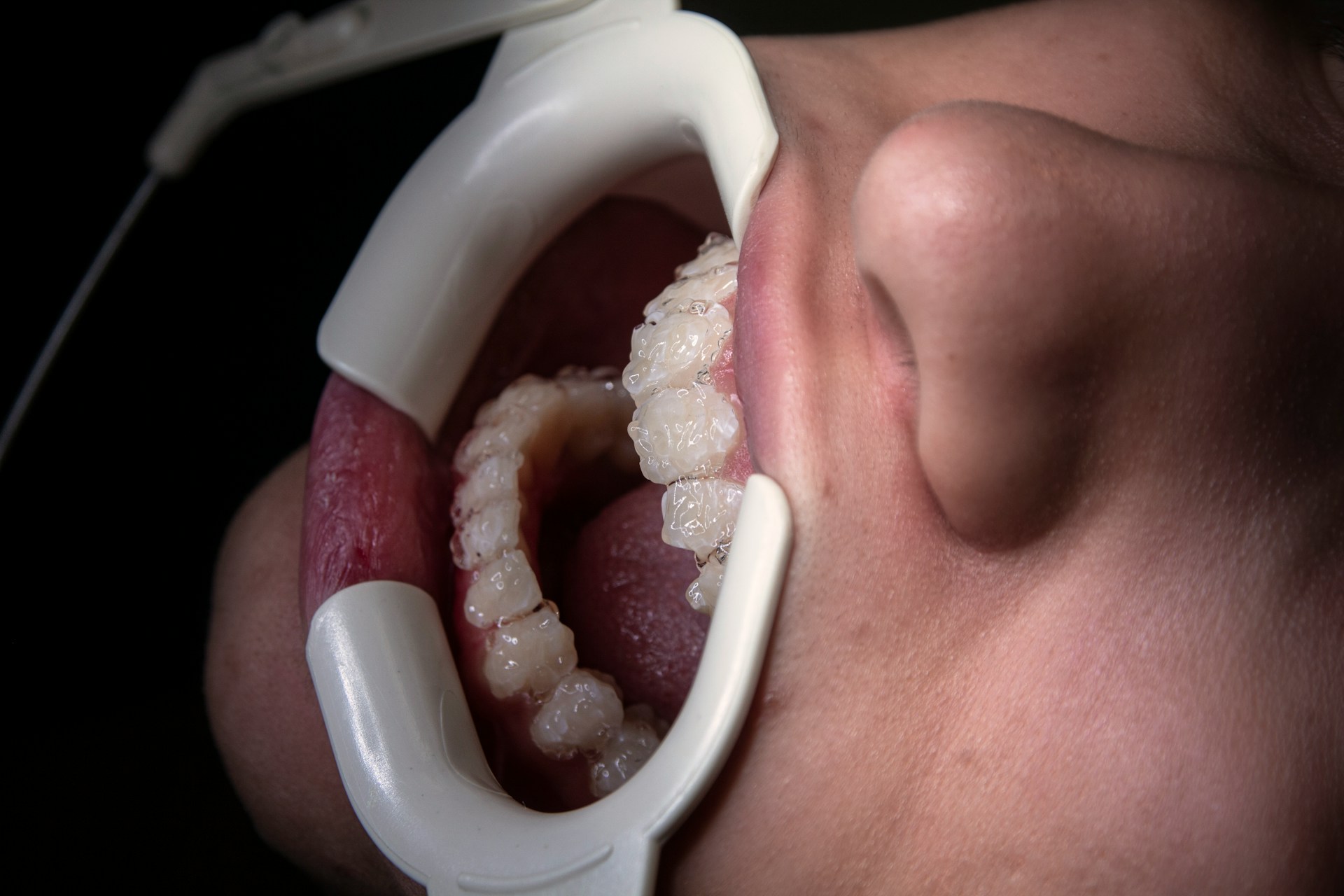
Dental bonding is a widely recognised cosmetic dentistry procedure that entails applying a tooth-coloured resin material to the teeth in order to enhance their appearance and restore dental aesthetics.
This treatment can effectively fill gaps, repair chipped teeth, and improve the overall smile, making it a favoured option for those seeking a minimally invasive solution for tooth repair.
The bonding process is relatively quick and can often be completed in just one dental appointment, providing patients with an immediate boost in their confidence regarding their smile.
How Does Dental Bonding Work?
The dental bonding process consists of several important steps, beginning with the application of a bonding agent that facilitates the adhesion of the resin material to the tooth surface.
This technique is intentionally designed to be straightforward, enabling effective tooth restoration while achieving results that can closely resemble the natural colour of the teeth, thereby enhancing the overall aesthetics of the smile.
The versatility of dental bonding positions it as an excellent choice for filling gaps and correcting imperfections in the teeth, ultimately leading to beautiful and long-lasting outcomes.
What Are the Benefits of Dental Bonding for Gaps?
Dental bonding provides a range of benefits for those looking to close gaps and enhance their smiles. This reliable dental treatment effectively fills gaps between teeth, offering a durable solution that enhances both smile aesthetics and oral health.
Many patients appreciate the minimally invasive aspect of the procedure, along with its affordability and convenience. Often, they experience immediate improvements in their appearance without the need for extensive orthodontics or surgical procedures.
Can Dental Bonding Fix Small Gaps in Teeth?
Dental bonding is indeed an effective solution for addressing small gaps in teeth, offering a seamless enhancement to the overall appearance of one’s smile. This cosmetic procedure employs a resin composite material that can be colour-matched to the existing teeth, making the gap-filling process both effective and visually appealing.
Many patients opt for dental bonding due to its ability to provide immediate results without the need for extensive dental work.
By tackling imperfections such as chips, cracks, or uneven surfaces, dental bonding plays a crucial role in smile restoration. The procedure is not only quick but also minimally invasive, enabling individuals to enjoy a transformed smile in just one visit.
Consequently, those looking to enhance their dental aesthetics can find themselves feeling more confident in both social and professional situations. The strong adhesion of the bonding material ensures durability, allowing individuals to maintain their beautiful smiles for years while effectively repairing their teeth.
Is Dental Bonding a Permanent Solution for Gaps?
Dental bonding offers a reliable solution for filling gaps, though it is important to note that it is not a permanent fix. The lifespan of dental bonding can vary based on several factors, including oral hygiene practices, the materials used for bonding, and the specific location of the bond in the mouth.
With diligent dental care, patients can generally expect their bonding to last several years, making it an appealing choice for those looking to enhance their smile without a long-term commitment.
Several factors can significantly influence the durability of the bonding, including a patient’s dietary habits and any tendencies to grind or clench their teeth. Regular check-ups with a dental professional are essential for assessing the condition of the bond and ensuring it remains in optimal condition.
Adopting effective dental care practices, such as gentle brushing, regular flossing, and avoiding hard or abrasive foods, can further prolong the life of the bonding. Additionally, being aware of the bonding material’s susceptibility to staining underscores the importance of maintaining a well-balanced diet and limiting the intake of substances known to discolor dental work.
Does Dental Bonding Require Anesthesia?
In most instances, dental bonding does not require anaesthesia, as the procedure is minimally invasive and generally painless. However, if the bonding process involves repairing a decayed or damaged tooth, local anaesthesia may be recommended to ensure the patient’s comfort during the dental procedure.
The primary aim is to make the experience as pleasant as possible while achieving the desired aesthetic results.
Patients can anticipate that their dentist will conduct a thorough assessment of their situation before determining the need for anaesthesia. This careful evaluation not only addresses any concerns but also helps alleviate anxiety by ensuring that potential discomfort is managed effectively.
Should anaesthesia be deemed necessary, the dentist will provide a clear explanation of the process, fostering an environment where patients feel informed and at ease. Many dental practices today utilise modern techniques aimed at minimising discomfort, not just during the procedure but also in the post-treatment phase, ensuring a smooth recovery.
Ultimately, the focus remains on enhancing patient comfort and satisfaction with the outcome of their dental bonding.
What Are the Steps Involved in Dental Bonding for Gaps?

The steps involved in dental bonding for addressing gaps are quite straightforward and aim to ensure the best possible results for patients.
It all begins with a dental consultation, during which the dentist evaluates the gaps and formulates a personalised treatment plan that aligns with the patient’s expectations.
After this assessment, the bonding application process starts.
- The dentist carefully prepares the tooth surface.
- The dentist applies the bonding agent.
- Then, the dentist shapes the resin material to create a natural appearance.
Step 1: Preparation
The preparation step is a vital aspect of the dental bonding process. During this phase, the dentist or dental technician evaluates the tooth surface to determine the most appropriate bonding materials. This careful assessment ensures that the resin adheres effectively, providing a strong foundation for the cosmetic enhancement.
It may involve lightly etching the tooth surface to improve adhesion, thus preparing it for the bonding application.
Proper preparation not only affects the durability of the bonding but also enhances the overall aesthetic outcomes. By allowing the bonding agent to interact optimally with the tooth’s enamel and dentine, the results can be significantly improved.
Taking the time to meticulously prepare the surface enables dental technicians to reduce the likelihood of future complications, such as staining or detachment, which could compromise both the functionality and appearance of the restoration.
Ultimately, this critical phase highlights the importance of skilled technicians in achieving seamless, natural-looking results that not only meet patient expectations but also withstand the test of time.
Step 2: Bonding Agent Application
In the second step of the procedure, a bonding agent is carefully applied to the prepared tooth surface. This agent is crucial for ensuring that the resin material used in dental bonding adheres properly.
By creating a strong connection between the tooth and the resin, the bonding agent enhances both the durability and effectiveness of the dental procedure.
This important component works by filling in any microscopic irregularities in the tooth structure, allowing for close surface contact that strengthens the overall bond. Additionally, the application of the bonding agent helps to seal dentine tubules, which can reduce sensitivity after the procedure.
Employing advanced adhesion techniques, such as etching, allows the bonding agent to effectively dissolve certain surface residues, ensuring that the resin adheres more reliably. This process not only contributes to the longevity of dental restorations but also significantly improves aesthetic outcomes, making it an essential step in modern dentistry.
Step 3: Resin Application
Once the bonding agent has set, the next step involves applying a dental resin specifically selected to match the custom shade of the surrounding teeth. This tailored approach ensures that the bonding for gaps appears seamless and natural, ultimately enhancing the patient’s smile aesthetics.
Choosing the right shade is essential, as it not only affects the overall appearance but also plays a vital role in achieving a harmonious blend with the existing teeth. An experienced dental professional takes the time to evaluate the coloration and translucency of the resin, ensuring flawless integration with the natural dentition.
The significance of dental resin goes beyond aesthetics; its properties provide strong bonding for gaps, preventing further damage and enhancing durability. This meticulous process not only helps restore confidence in one’s smile but also ensures long-lasting results that hold up over time, leaving the patient satisfied with both their appearance and functionality.
Step 4: Shaping and Curing
The shaping and curing step involves the dentist meticulously sculpting the applied resin to ensure it aligns perfectly with the natural contours of the tooth. Once the shaping is complete, a special light is used to cure the resin, hardening it and securing its position for long-lasting results. This bonding technique not only provides a smooth and polished finish but also prioritises patient comfort.
Achieving a natural appearance is essential, not just for aesthetic reasons but also for the functional integrity of the teeth, allowing the resin to blend seamlessly with the existing teeth. The precision exercised during shaping is crucial for mimicking the tooth’s original shape and texture. The curing process significantly enhances the resin’s durability, ensuring it can withstand the daily wear and tear associated with regular chewing.
These advanced dental bonding techniques do more than just restore a patient’s smile; they also strengthen the overall resilience of the teeth, making them less vulnerable to fractures and decay over time.
Step 5: Final Touches
During the final touches step, the dentist carefully evaluates the bonded area to ensure it meets the desired aesthetic results and the satisfaction of the patient. If any adjustments are needed, they are made, and the surface is polished to create a seamless finish. A follow-up appointment may be scheduled to monitor the results and address any concerns that arise after the procedure.
This meticulous stage is crucial, as the success of the bonding outcomes relies heavily on these final refinements. The dentist pays close attention to details such as colour matching, contouring, and surface texture, all of which can significantly impact the overall appearance. By emphasising these details, the practitioner not only enhances the functionality of the dental work but also boosts the patient’s confidence in their smile.
Effective communication during this phase is essential, as it allows patients to express any preferences or concerns they may have. This ensures that both their aesthetic goals and comfort are appropriately addressed.
What Is the Recovery Process for Dental Bonding?

The recovery process for dental bonding is generally swift and straightforward, enabling patients to resume their daily activities soon after the procedure.
After undergoing dental bonding, it is advisable for patients to maintain good oral hygiene practices to ensure the durability of the bond and support their overall oral health.
In the initial days following the procedure, avoiding hard or sticky foods can further help in preserving the bonded area.
How Long Does Dental Bonding Last for Gaps?
On average, dental bonding for gaps can last anywhere from three to ten years. This duration can vary based on several factors, including the patient’s oral hygiene, the location of the bonding, and the type of bonding materials used.
Regular dental maintenance and check-ups play a crucial role in enhancing the longevity of the bonding and can help ensure that patients’ expectations regarding the durability of their smile enhancements are met.
What Are the Risks and Side Effects of Dental Bonding for Gaps?
Dental bonding is typically regarded as a safe procedure; however, it’s important for patients to be aware of potential risks and side effects.
Some individuals might experience tooth sensitivity after the procedure, especially if the bonding is placed near the nerve. Furthermore, although it is rare, poorly executed dental bonding could result in discolouration or other aesthetic concerns.
This highlights the significance of selecting a skilled dentist to ensure the best possible outcome.
Can Dental Bonding Cause Sensitivity?
Dental bonding can sometimes lead to tooth sensitivity, particularly if the procedure involves areas that are close to the nerve. Patients may notice discomfort when they experience temperature changes or consume certain foods. Typically, this sensitivity is temporary and diminishes as the tooth adjusts to the bonded material.
Several factors can influence this sensitivity, such as the technique employed during bonding and the type of resin material used. If the enamel on the tooth is thin or has been compromised, sensitivity may be more pronounced.
To alleviate this discomfort, patients might consider using desensitising toothpaste or mouth rinses, which can help reduce pain and protect the enamel. It is also wise to avoid extremely hot or cold foods for a short while after the procedure.
Maintaining open communication with the dental professional regarding any ongoing issues is essential. This dialogue ensures that patients receive appropriate care and enhances their overall comfort during the recovery process.
Can Dental Bonding Cause Discoloration?
Dental bonding can be susceptible to discolouration over time, particularly if individuals consume staining foods or beverages or fail to maintain proper oral hygiene. The quality of the bonding materials also plays a significant role; high-quality dental resins tend to resist discolouration better than lower-grade materials, which may stain more easily.
To reduce the risk of discolouration, it is advisable for individuals to be mindful of their diets. Limiting the intake of coffee, tea, red wine, and certain sauces can help prevent unwanted staining.
Additionally, regular brushing and flossing, along with professional dental cleanings, are essential for preserving the appearance of bonded teeth. Patients should also have a discussion with their dentist about their options, as selecting superior bonding materials can enhance both durability and colour longevity.
With proper care and informed choices, individuals can reap the benefits of dental bonding while maintaining a bright smile for years to come.
What Are the Risks of Poorly Done Dental Bonding?
Poorly executed dental bonding can pose several risks, including misalignment, unsatisfactory aesthetic results, and potential damage to the tooth structure. When the technique is lacking, it may lead to uneven surfaces or gaps that can trap bacteria, resulting in further dental complications. This highlights the importance of choosing a qualified dental technician for the procedure.
Inadequate bonding can detract from the visual appeal of a smile and potentially lead to a series of problems, such as heightened sensitivity to hot and cold, or even decay. Over time, these issues may escalate, leading to the need for more invasive treatments like root canals or extractions—situations that could have been avoided with careful attention during the bonding process.
Therefore, understanding the significance of a skilled dental technician is essential, not only for achieving an aesthetically pleasing result but also for safeguarding one’s long-term dental health. Proper bonding can enhance both the function and appearance of teeth, ensuring longevity and satisfaction with dental treatments.
How Much Does Dental Bonding for Gaps Cost?
The cost of dental bonding for gaps can differ significantly depending on several factors, including the complexity of the treatment plan and the location of the dental practice.
Generally, patients can anticipate spending between £300 and £600 per tooth, which makes it a relatively budget-friendly choice for enhancing one’s smile when compared to other cosmetic procedures.
It is important for patients to discuss their budget and expectations during the initial consultation to ensure clarity and alignment with the dental practitioner.
Is Dental Bonding Covered by Insurance?

The coverage of dental bonding by dental insurance typically hinges on the specifics of the individual plan and whether the procedure is deemed cosmetic or essential for dental health.
Many insurance plans may offer partial coverage for bonding when it is used for restorative purposes, such as repairing a chipped tooth. However, coverage for purely cosmetic enhancements is often limited.
Patients should take the time to review their insurance benefits and consult with their dentist to get a good idea of their coverage options.
Frequently Asked Questions
What is dental bonding for gaps?
Dental bonding for gaps is a cosmetic dental procedure in which a tooth-coloured resin material is applied to the teeth to close gaps and improve their appearance.
How does dental bonding for gaps work?
The process involves applying a bonding agent to the teeth and then shaping and smoothing the resin material over the gap. A special light is used to harden the material, which is then polished to match the surrounding teeth.
Who is a good candidate for dental bonding for gaps?
Dental bonding for gaps is a great option for individuals with small to medium sized gaps between their teeth. It is also suitable for those looking for a relatively quick and budget-friendly solution to improve the appearance of their smile.
Is dental bonding for gaps a permanent solution?
The material used in dental bonding is not as strong as natural teeth and may need to be replaced after several years. However, with proper care, bonding can last for several years.
What can I expect during the dental bonding procedure?
The procedure is typically painless and does not require anaesthesia. It can usually be completed in one visit and does not require any preparation or alteration of the teeth.
Are there any risks or side effects associated with dental bonding for gaps?
Dental bonding is a safe procedure with minimal risks or side effects. However, some patients may experience tooth sensitivity, minor discomfort, or chipping of the bonded material. Your dentist will discuss any potential risks with you before the procedure.
